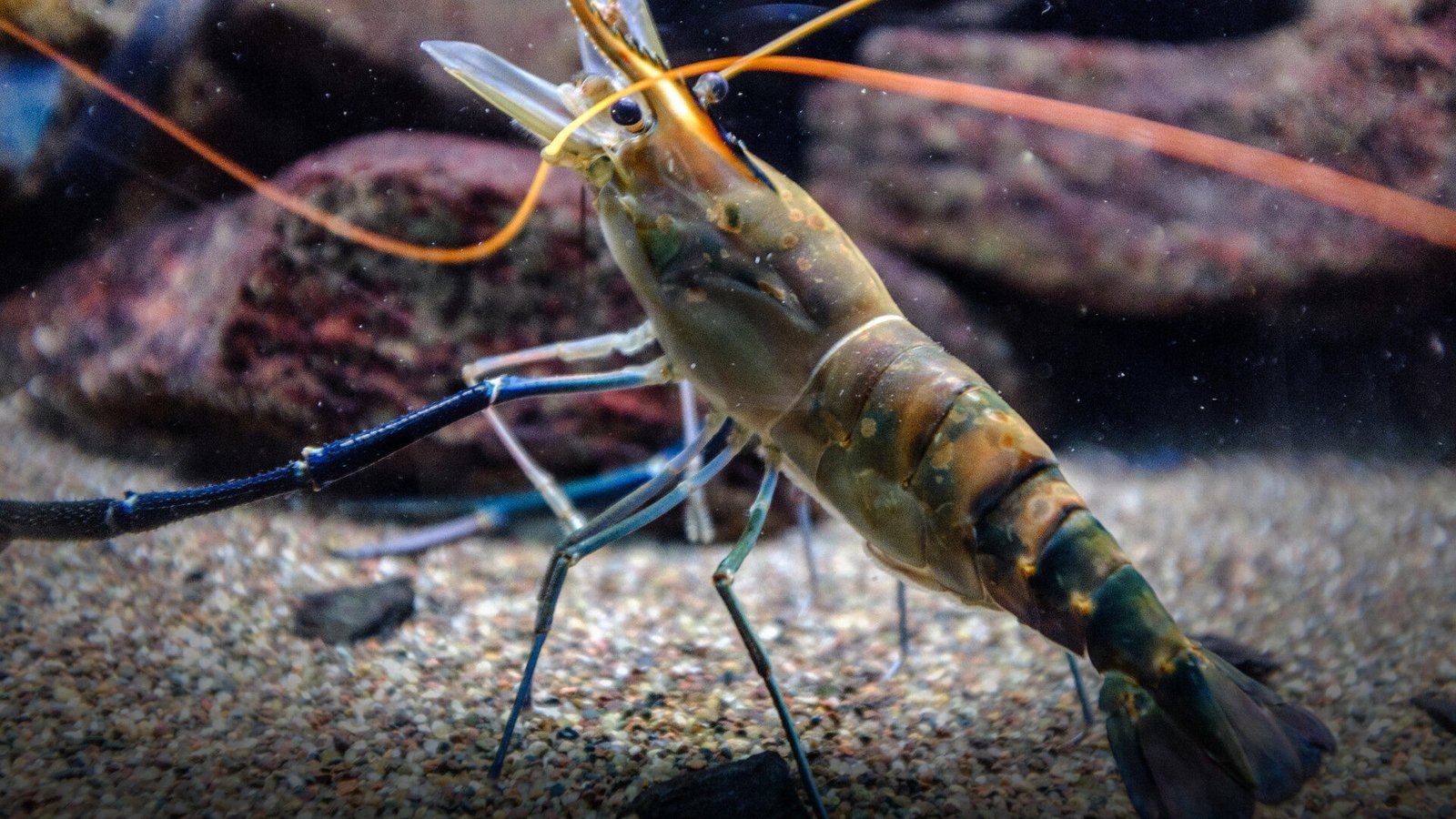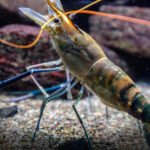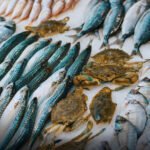By Hasnain Ali
Pakistan’s coastline holds immense promise, yet the country has barely tapped its aquaculture potential. With shrimp exports currently valued at $78 million compared to India’s $5 billion, experts say Pakistan shrimp farming could create thousands of jobs, attract private investment, and turn Pakistan into a regional seafood powerhouse.
Pakistan shrimp farming set to boost coastal economy
The country is standing on the edge of a possible aquaculture boom. Millions of acres of saline land, extensive brackish water reserves, and rising global seafood demand mean Pakistan has all the ingredients to turn shrimp farming into a major engine of economic growth, job creation, and export revenue. Still, despite these natural advantages, the sector remains largely underdeveloped.
Balochistan leads new shrimp farming initiatives
For years, Pakistan’s agriculture policies have focused on traditional crops like wheat, cotton, and sugarcane. While these crops once fueled the economy, they now face pressure from shrinking land and water resources. Experts argue it’s time to shift attention toward high-value, non-traditional sectors such as aquaculture.
This change is starting to take shape in Balochistan. Qaim Lashari, CEO of the Balochistan Board of Investment and Trade (BBoIT), said shrimp farming in the province could transform the fisheries sector and generate up to 1,000 direct jobs, along with numerous indirect opportunities across related industries.
“This initiative can improve coastal livelihoods, increase seafood exports, attract private investment, and create a resilient aquaculture ecosystem,” Lashari told this reporter.
Public-Private Partnership model drives aquaculture growth
The project will operate under a Public-Private Partnership (PPP) model and involve a consortium of national companies, including House of Kasib, Al-Karam Textile, Dhabeji Aqua Foods, Swat Ceramics, and Tufail Group. The private partner, Paravite, will finance, design, build, and operate the shrimp farm and processing facilities, while the government of Balochistan provides land, utilities, and policy support.
Under the preliminary revenue-sharing plan, the private partner will receive 80% of earnings and the provincial government 20%, with final terms subject to a detailed feasibility study. Construction and mobilization are expected to take around 20 months before the first shrimp stocking begins. All project assets will revert to the government at the end of the concession period, ensuring lasting public benefit.
Economic and job benefits of large-scale shrimp farming
Lashari said the initiative fits into Balochistan’s broader blue economy vision, aiming to use marine and coastal resources for sustainable development.
“If backed by reliable power, clear policies, and strong biosecurity standards, this model can expand across the province — positioning Balochistan as a leader in Pakistan’s growing aquaculture sector,” he added.
Future of seafood exports and blue economy in Pakistan
Experts say that with the right investment environment, advanced technology, and targeted public support, shrimp farming could finally unlock Pakistan’s dormant aquaculture potential, turning its coastal and saline lands into engines of economic growth, food security, and export expansion.
Author Profile
-
Hasnain Ali is a Pakistani journalist who writes on business, agriculture, and telecom issues with a focus on policy, innovation, and market trends.
His reporting highlights how economic shifts, digital connectivity, and agricultural reforms shape everyday life across Pakistan.
Known for his clear analysis and grounded storytelling, Hasnain aims to make complex economic topics accessible to general readers.





